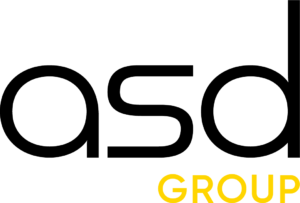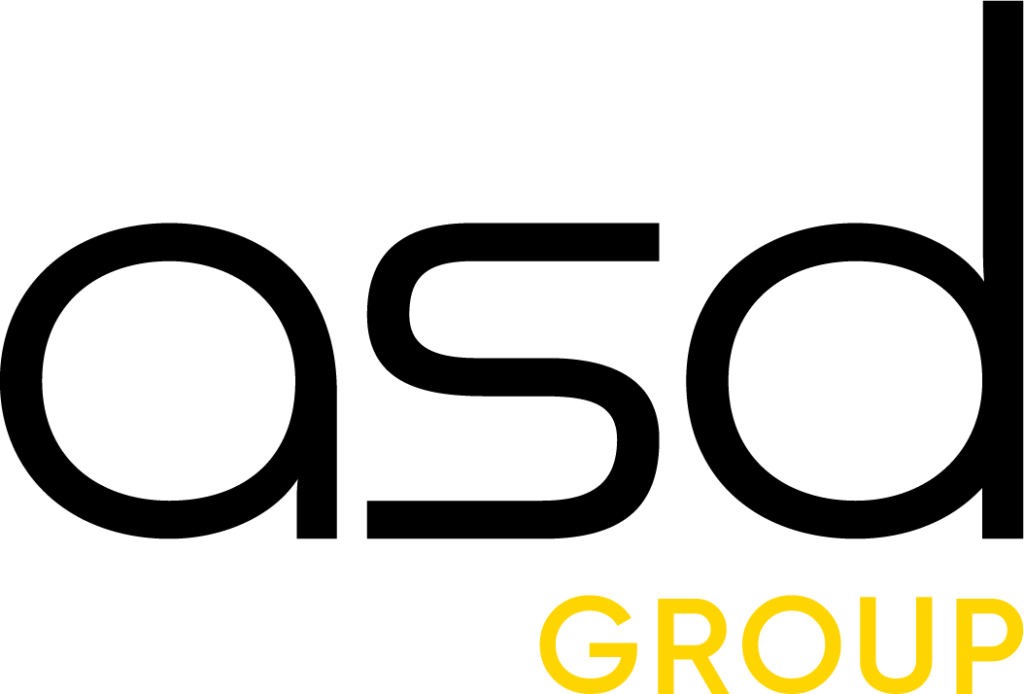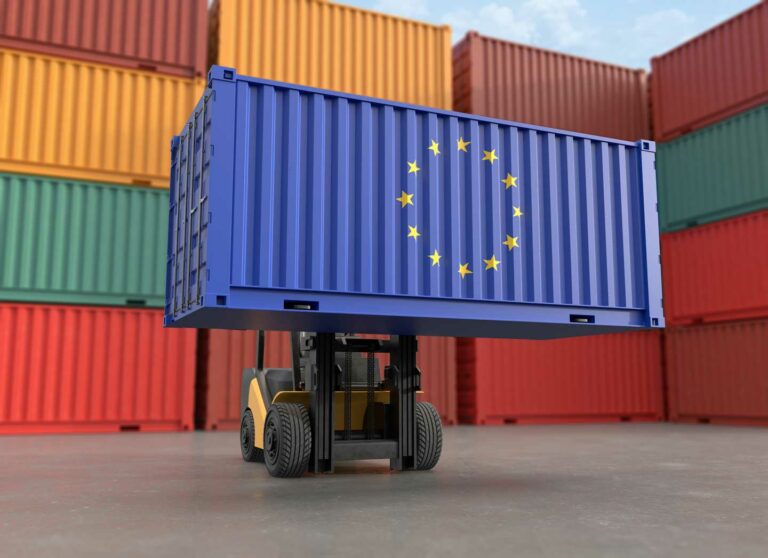The European Commission has recently published a new updated version of the Combined Nomenclature which will come into force on January 1, 2018.
The Combined Nomenclature serves as the basis for the declaration of goods at importation or exportation when they are subject to intra-Community trade statistics. It is updated once a year and published as a Commission Implementing Regulation in the Official Journal of the European Union, L Series.
WHAT IS THE COMBINED NOMENCLATURE?
The Combined Nomenclature serves as a goods classification tool for businesses and the customs administrations in the European Union member countries. It determines various rates of customs duty, and how the goods are treated for statistical purposes. The Combined Nomenclature consists of 8 digits: the 6 first ones, the so-called HS code (harmonized system) are attributed by the World Customs Organisation and correspond to the category of the goods. The 2 last ones correspond to subdivisions of HS and are determined at the European level to meet the European Union’s tariff and statistical needs.
THE MAIN CHANGES
Contrary to the previous year when the European nomenclature had an important update at the same time as the worldwide HS nomenclature, this year the modifications to the Combined Nomenclature are minor. New codes have been introduced mainly for the categories of electronic cigarettes, certain chemical products, printing inks, and nicotine and its salts, ethers, esters and other derivatives. The description have been changed for the codes of certain chemical products or preparations, and certain electrical machines and apparatus. We have compiled a complete list of the changes made, you can find it at the bottom of the article.
THE CONSEQUENCES FOR BUSINESSES
The companies trading goods for which the customs codes have been changed, will have to use these new codes starting from January 1, 2018.These codes will have to be used for customs operations, Intrastat reporting, and operations concerning excise products.
To find out more about your customs obligations, do not hesitate to contact our experts.




